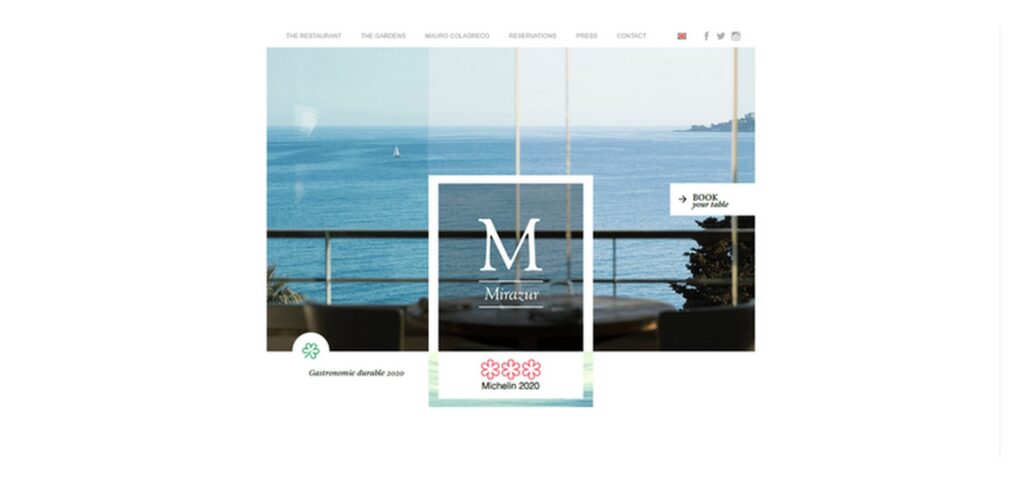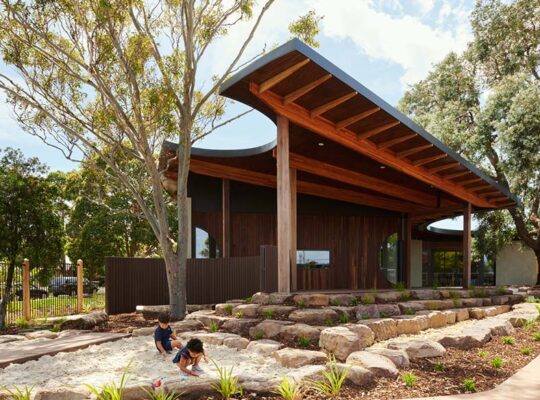In today’s era dominated by food delivery giants like DoorDash and Uber Eats, restaurant owners may question the necessity of creating a dedicated website for online ordering. However, investing in custom restaurant website development offers several compelling reasons for doing so.

Marketing and Customer Retention
A restaurant website serves as a powerful marketing tool, allowing owners to engage with local customers and cultivate loyalty. By offering online ordering options, restaurants can attract more returning patrons and expand their customer base.
Flexibility in Ordering Options
Beyond delivery services, a restaurant website can facilitate order pickups, catering to customers who prefer this option over delivery. Providing diverse ordering channels enhances customer satisfaction and convenience.
Brand Identity and Customer Preference
Studies indicate that a significant majority of customers prefer ordering directly from a restaurant’s website or app. Establishing a branded online presence enables restaurants to cater to customer preferences and reinforce brand identity.
Data Collection and Analysis
Custom websites enable restaurants to gather valuable customer data, including demographics, preferences, and ordering habits. This information empowers owners to optimize marketing strategies and tailor offerings to customer preferences effectively.
Enhanced Loyalty Programs
Access to customer data through a restaurant website allows for the implementation of more effective loyalty programs. By leveraging insights into customer behavior, restaurants can design personalized promotions and incentives to drive repeat business.

Examples of Exemplary Restaurant Websites
Drawing inspiration from top restaurant websites can provide valuable insights into effective design and functionality. Let’s explore examples of renowned restaurant websites that excel in various aspects:
Mirazur
Mirazur, a prestigious three Michelin star restaurant, boasts a minimalist website design that elegantly showcases essential information about the establishment. Features include detailed about us pages, seamless table booking functionality, and integration with social media platforms.
Asador Etxebarri
Asador Etxebarri, renowned for its grilled cuisine, presents a streamlined single-page website offering essential details such as opening hours, reservation options, and multilingual support. The website’s simplicity enhances user experience and accessibility.
Mugaritz
Mugaritz, a globally acclaimed Spanish restaurant, demonstrates comprehensive website functionality, including robust reservation capabilities, multi-language support, an integrated online store, and engaging multimedia content.
Applebee’s
Applebee’s, a leading casual dining chain, provides a user-friendly website with features like account creation, menu browsing, location-based ordering, and catering services. The website’s intuitive interface facilitates seamless customer interactions.

Daniel
Daniel, a prestigious two-Michelin star restaurant in New York, offers a sophisticated website with integrated reservation and ordering functionalities. The website’s emphasis on visual appeal and user experience reflects the restaurant’s commitment to excellence.
Essential Features for a Food Delivery Website
When developing a restaurant website, incorporating essential features is critical for optimizing user experience and driving engagement. Key functionalities to consider include:
- Gallery: Engage users with visually appealing photos and videos showcasing menu items and culinary processes.
- FAQ Section: Anticipate customer queries and provide comprehensive answers to enhance user satisfaction and alleviate concerns.
- Customization Options: Allow customers to personalize their orders by adding or removing ingredients according to preferences.
- Preorder Functionality: Enable customers to schedule food delivery in advance, offering convenience and flexibility.
- Order Tracking: Provide real-time order tracking capabilities to keep customers informed about the status of their deliveries.
- Payment Processing: Facilitate secure and efficient payment processing directly through the website, offering multiple payment options for customer convenience.
- Social Media Integration: Integrate social media buttons to encourage users to connect with the restaurant on various platforms and share their experiences.
Considerations for Website Development
Before embarking on restaurant website development, several factors merit consideration to ensure a successful outcome:
- Choice Between Ready-Made and Custom Solutions: Evaluate the scope of functionality and customization requirements to determine whether a ready-made or custom website solution is more suitable.
- Design Optimization: Prioritize user-centric design principles to create a website that is intuitive, visually appealing, and consistent across platforms.
- Diversification of Revenue Streams: Explore additional revenue sources, such as third-party delivery partnerships, gift card sales, and catering services, to maximize profitability.
- Mobile-Friendly Design: Ensure compatibility with mobile devices to accommodate the increasing prevalence of mobile browsing and enhance user accessibility.
Selecting a Website Development Partner
Choosing a reputable software development agency is essential for successful restaurant website development. To make an informed decision, consider the following steps:
- Define Business Goals and Requirements
- Choose an Outsourcing Destination
- Select an Appropriate Technology Stack
- Review Past Client Feedback
- Evaluate Portfolios
- Conduct Interviews
- Request Quotes
By following these guidelines and partnering with a trusted development team, restaurant owners can create bespoke websites that elevate their online presence and drive business growth in the competitive food delivery landscape.


















